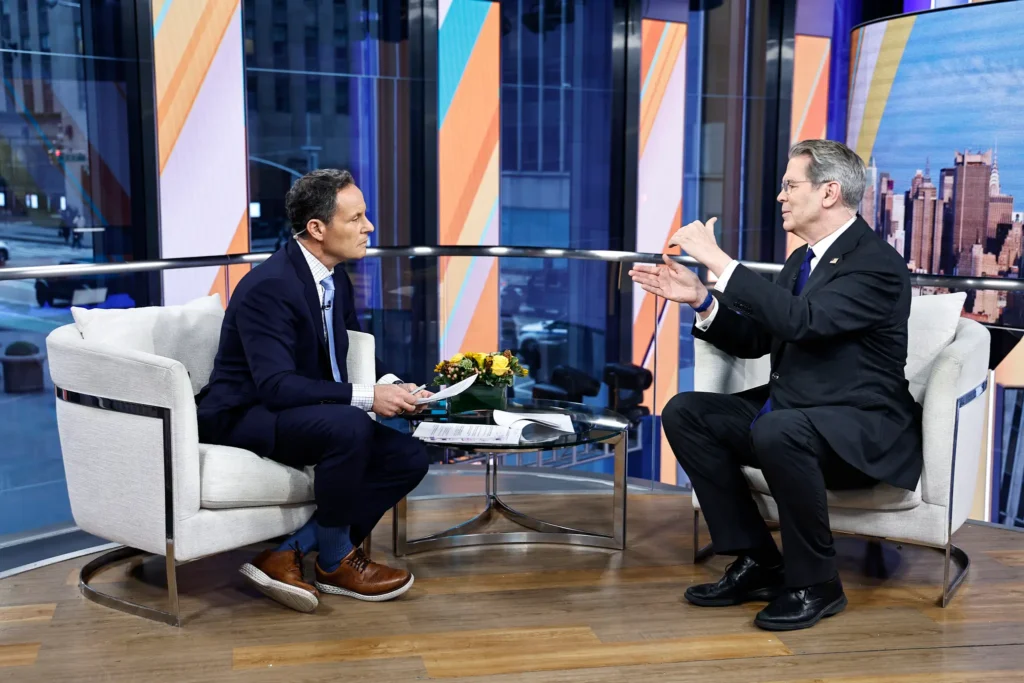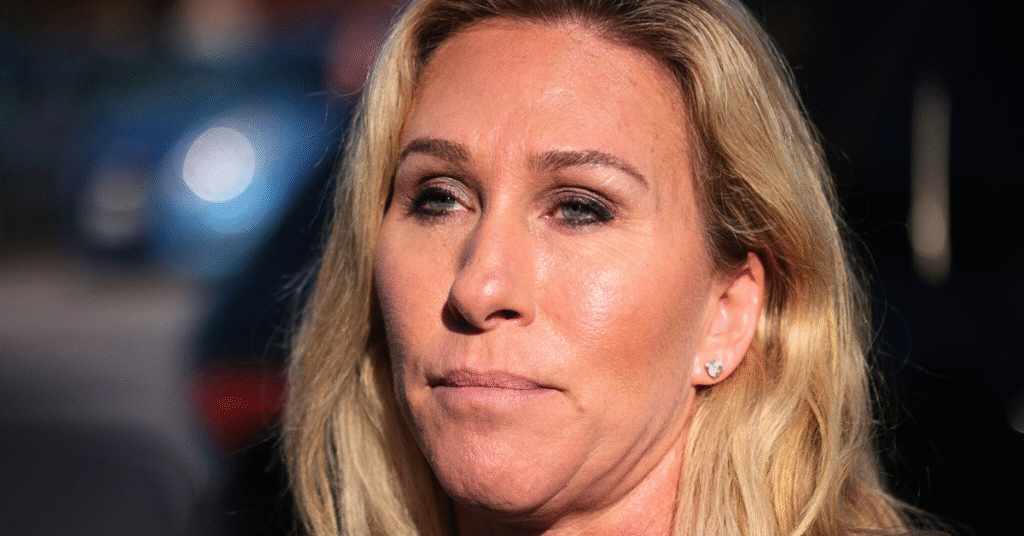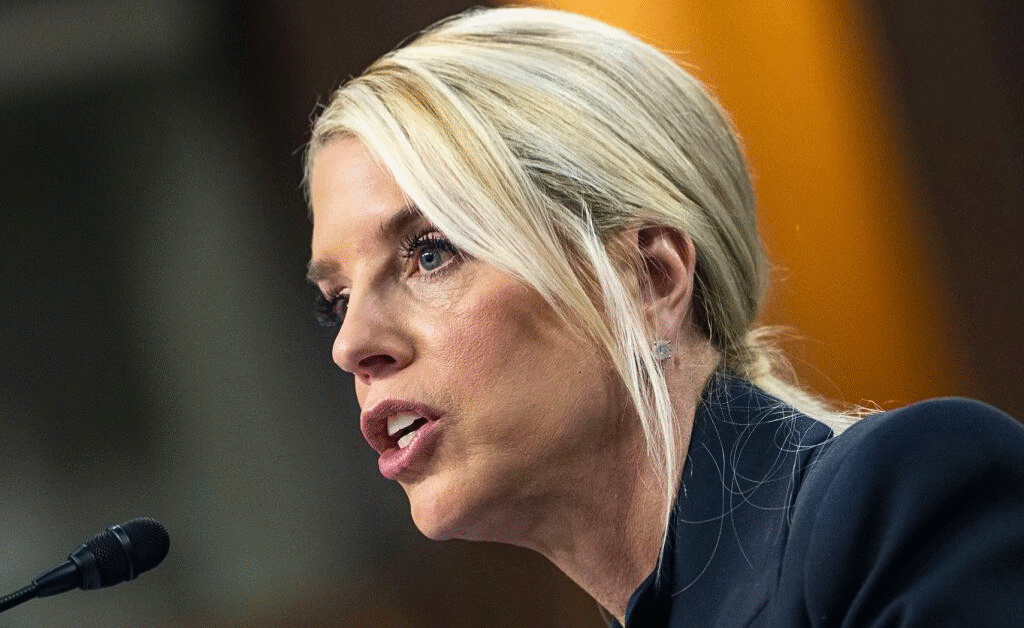- Trump pledges $2,000 "tariff dividend" checks to most Americans, now targeted for rollout in 2026 rather than this year.
- Plan depends on IEEPA tariff revenue—$90B from IEEPA, $195.9B total duties—yet faces Supreme Court legal risk.
- Strong public support (71%); congressional approval, income caps, and fiscal cost estimates ($300B–$464B) remain major hurdles.
President Donald Trump doubled down on his bold proposal to distribute $2,000 “tariff dividend” checks to most Americans on Friday, assuring supporters that the payouts are on track – just not in time to pad holiday stockings this year.
Speaking to reporters aboard Air Force One as he headed to his Mar-a-Lago estate, Trump painted a picture of fiscal relief tied directly to his aggressive trade policies, even as storm clouds gather from the Supreme Court and a skeptical Congress.
“It will be next year,” Trump said plainly, addressing the timeline head-on.
“The tariffs allow us to give a dividend. We’re going to do a dividend and we’re also going to be reducing debt.”
The FrankNez Media Daily Briefing newsletter provides all the news you need to start your day. Sign up here.
The announcement comes at a pivotal moment for the administration, fresh off a string of off-year election losses that Democrats leveraged by hammering home affordability issues.
Trump’s pitch, first floated earlier this month on Truth Social, envisions rebating tariff revenues collected under the International Emergency Economic Powers Act (IEEPA) – a tool he’s wielded to impose sweeping duties on imports from nearly every trading partner.
In that post, he teased: “a dividend of at least $2000 a person (not including high income people!) will be paid to everyone.”

Napolitan Poll: 71% of Voters Support Tariff Checks
The idea has struck a chord with the public, according to a fresh Napolitan News Service poll released Saturday.
A whopping 71% of registered voters expressed support for the checks, with only 22% opposed.
That enthusiasm crosses party lines, with 88% of Republicans and 56% of Democrats on board.
Even among higher earners – those making over $150,000 annually – 69% backed the plan.
Lower-income voters were even more enthusiastic, at 78% approval for households under $50,000.
Yet, the poll also revealed deep skepticism about delivery: Just 37% of respondents believe the government will actually issue the checks to most Americans, while 55% called it unlikely.
Republicans were more optimistic, with 52% expecting the payouts to materialize, compared to a mere 21% of Democrats.
Tariff Revenue Fuels Plan, But Legal Challenges Loom
Trump’s update couldn’t have come at a more opportune – or precarious – time.
The proposal hinges on the survival of his IEEPA tariffs, which have raked in $90 billion since implementation through September 23, per U.S. Customs and Border Protection data.
When combined with other duties, total tariff revenue hit $195.9 billion from the start of fiscal year 2025 through August 31.
Administration officials project even higher hauls if the policies endure a full year, providing the war chest for these dividends.
But the path is littered with obstacles.
The Supreme Court heard arguments this month on the legality of Trump’s “reciprocal” and “trafficking” tariffs, with conservative justices delivering a bruising to the administration.
“Can’t get this power back,” one justice reportedly quipped during the session, highlighting concerns over the IEEPA’s scope – a law silent on tariffs that no prior president invoked for such purposes.
When pressed on what happens if the court strikes down the tariffs, Trump was characteristically pragmatic.
“Then I’d have to do something else,” he replied, leaving the door open to alternatives like tax credits – a nod to Treasury Secretary Scott Bessent’s recent comments on CBS’s Face the Nation, where he suggested the rebate “could come in many forms and probably a tax credit.”
Congressional Hurdles and Income Cap Debates
Congressional buy-in is another towering hurdle.
The checks would require legislative approval, and several Republicans have voiced reservations, urging Trump to prioritize slashing the ballooning federal deficit instead.
Bessent, appearing on Fox & Friends last week, floated an income cap to target aid: “Well, there are a lot of options here that the president’s talking about a $2,000 rebate and those — that would be for families making less than, say, $100,000.”

He quickly walked it back, adding, “it’s in discussion” and “we haven’t” finalized it. Trump himself has echoed the exclusion of “high income people” without pinning down a threshold.
Economists remain divided on the plan’s merits.
Critics, including voices at Forbes, have dismissed the math as “not believable,” pointing out that Trump’s claims of “trillions” in tariff windfalls far outstrip actual collections.
A $2,000 payout limited to those under $100,000 in income could cost around $300 billion, per Tax Foundation estimates – a figure that balloons to $464 billion if modeled after COVID-era stimulus, according to the Committee for a Responsible Federal Budget.
On the flip side, a new study from the San Francisco Federal Reserve offers unexpected ammunition for tariff proponents: An analysis of 150 years of U.S. tariff history concluded that such policies actually correlate with lower inflation, countering fears of price hikes.
“Tariffs lead to lower inflation,” the study found, potentially bolstering Trump’s case as he eyes the 2026 midterms.
Public Hopes Hinge on Court and Congress
If the court rules against the IEEPA tariffs, refunds could complicate matters further, though the mechanics remain murky.
For now, the administration presses ahead, betting that public appetite – and perhaps a favorable ruling – will turn the tide.
As one X user put it in a viral post echoing the poll: “Of course we do” favor the checks, adding a skeptical emoji for good measure.
Trump’s tariff gambit, once a signature of his first term, now doubles as a political lifeline.
Whether it delivers holiday cheer deferred or devolves into courtroom drama, one thing’s clear: Americans are watching closely, checks in hand – metaphorically, at least.
Also Read: A DOJ Whistleblower Now Makes Revelation That Undermines the Judicial System’s Integrity











